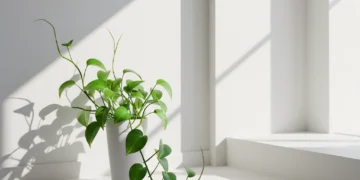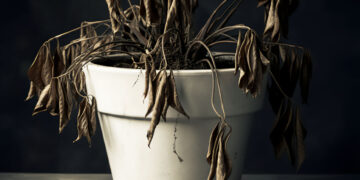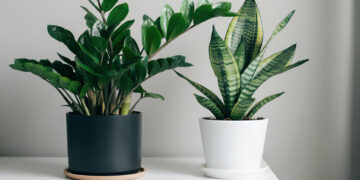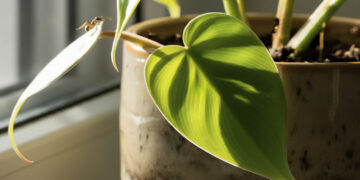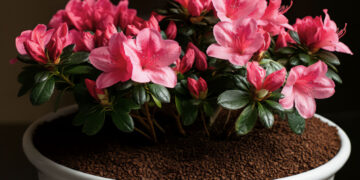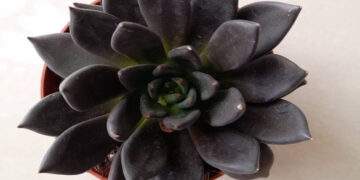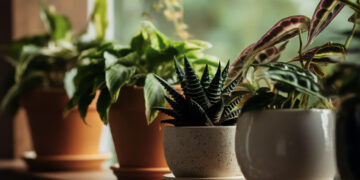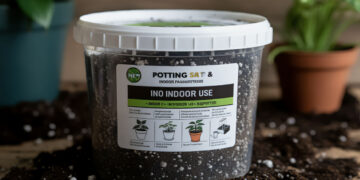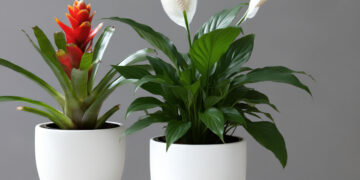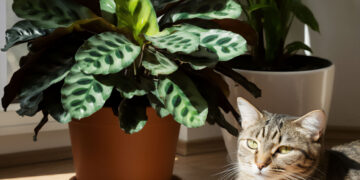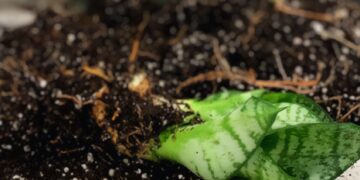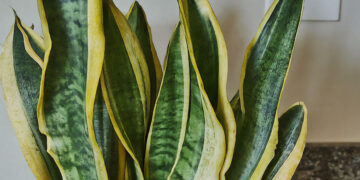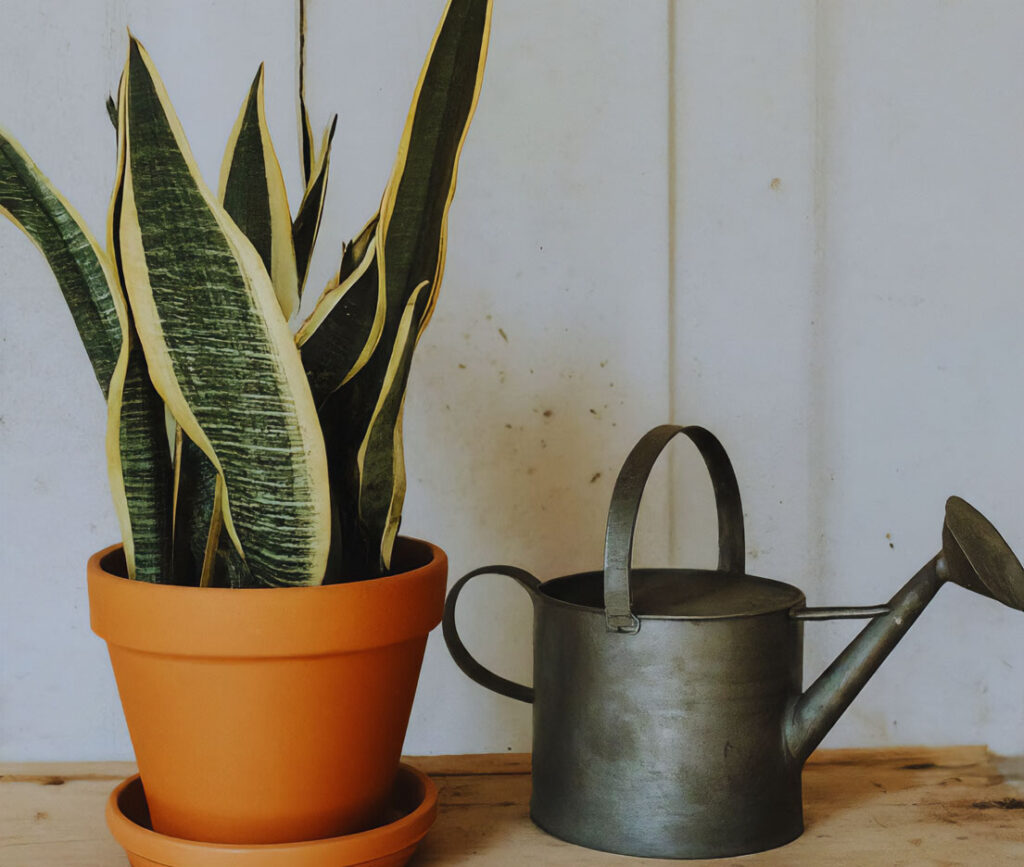
Although watering a houseplant seems very simple and anyone can do it, it is vital to know how often, when, and how to water your snake plant to stay healthy and green. Keep reading to get the knack for snake plant watering.
How Often to Water Snake Plant?
It is better to water Snake plants every two to six weeks and let the snake plant soil dry completely between two waterings. Because of their succulent nature, snake plants are hardy to a lack of water and need little water. Be aware that Snake plants need more water in the heat and growing seasons, i.e., spring and summer, and less water in the cold and when their growth is low, i.e., winter and autumn.
Ideal temperature and type of water
The water should be at room temperature because if it is cold, the plant will get stressed, and if it is hot, it will be absorbed fast. In addition, the snake plant is resistant to tap water. Still, if your tap water is full of chlorine and minerals, it is better to use filtered water for watering. You might have heard that some people use ice cubes for watering snake plants. I never do this because the cold temperature causes shock to the plant roots.
Watering ways
Usually, people who grow Snake plants at home have two methods for watering.
Top Watering
In this standard method, we pour water directly on the surface of the soil to ensure the leaves are dry and the soil is evenly wet. Certainly, this method is simpler, and you can use it most of the time

Bottom Watering
Put the pot in a tray of water for about 15 minutes so the soil slowly absorbs the moisture from the drainage holes. This deepens the roots, and the plant never suffers from overwatering problems. Occasionally, try to use this method, as it ensures even moisture distribution and reduces the risk of fungal growth.

What Are the Key Factors for Watering Snake Plants?
There are many factors in Snake plant care that effect on the number of watering times.
Leaf Thickness
Look at the snake plant leaves. The succulent and thicker the leaves are, the more water they hold and the less water they need.
size
larger Snake Plants need more water, but not so much that it causes overwatering.
Light
Lighting has a direct relationship with water. So, the brighter the environment, the more water snake plants need.
Temperature
Snake Plants, like humans, are more thirsty in hot weather because water evaporates from the surface of the snake plant leaves. That’s why, in hot weather, the snake plants need more water, and in the opposite way, less water in cold weather.
Humidity
Low humidity actually makes the soil dry. So, the more humid the environment, the less water the snake plants need. Use a soil moisture meter to check the moisture levels to be safe from overwatering and underwatering (But usually, you don’t need to do this).
Pot Size
Obviously, the bigger the snake plant pot, the more soil it needs. As a result, it stores more water and needs less watering. But a small pot dries up quickly. Choose a clay pot with drainage holes so that water does not remain in the soil and humidity and air flow improve.
Soil Type
Please use soil with proper drainage for your snake plants. This will prevent them from being overwatered.
Season
Be careful. In spring and summer, snake plants grow actively and need more water than in autumn and winter.
Different types
Different types of snake plants have different shapes, sizes, and types of leaves. It is natural that the Sansevieria masoniana (Whale Fin) with significant and broad leaves needs more water than the Sansevieria trifasciata (Mother-in-Law’s Tongue) with narrow leaves.
Overwatering
Signs
If you water a snake plant more than it needs, snake plant root rot will occur, and the roots will turn brown, which can be said to be unrepairable. The leaves will turn yellow and fall off, and molds will attack the soil surface and smell bad because molds grow in humid places.
Treatment
If this happens to your plant, stop watering it and place it in an area with good air circulation. Wait for the soil to dry out completely, and if the situation is very bad, repot your snake plant with suitable soil
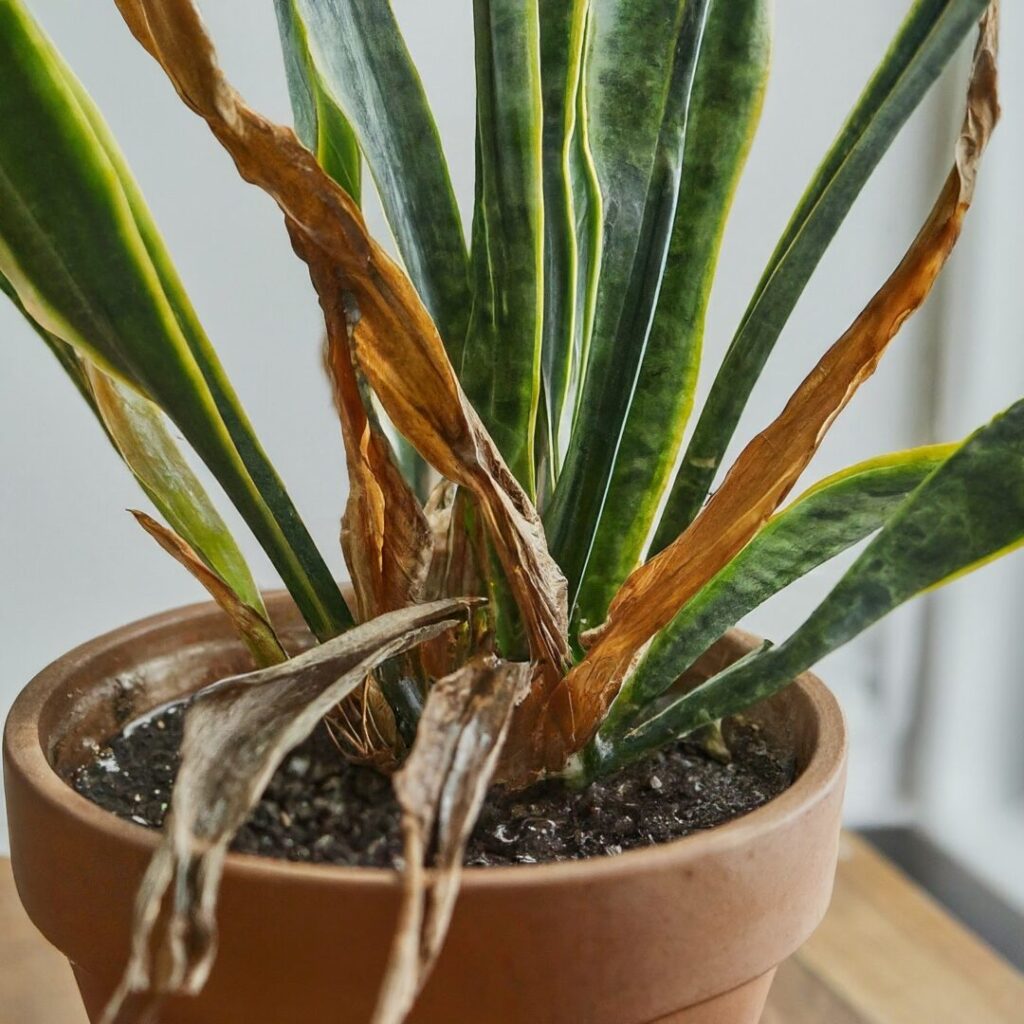
underwatering
Signs
If you forget to water the snake plant for a long time, the leaves will wrinkle and curl, the soil will be dry and compacted, and the snake plant’s leaf tips will turn brown and crispy.
Treatment
If your plant is in such a condition, the soil of your snake plant has probably become compacted. Aerate it gently with a fork to allow better water penetration, and then use the bottom watering method mentioned earlier in the article. Let it absorb water for about half an hour.
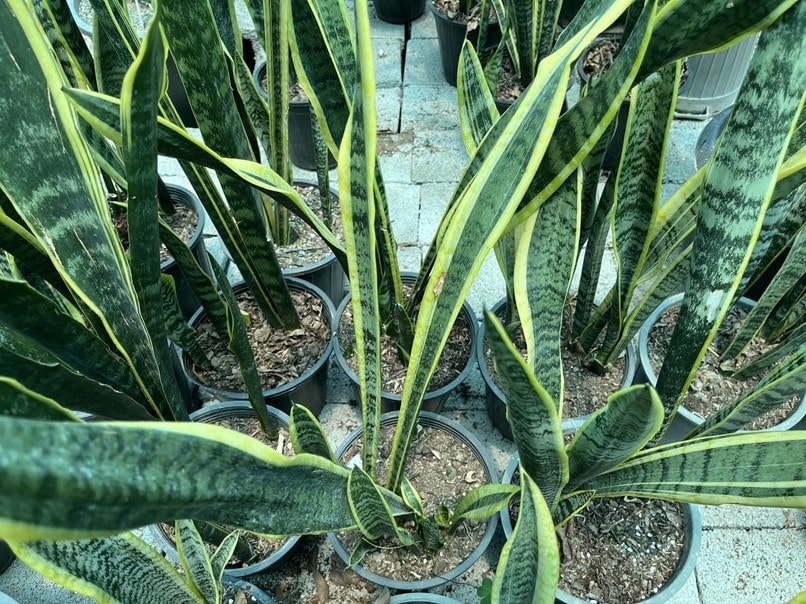
sources:
